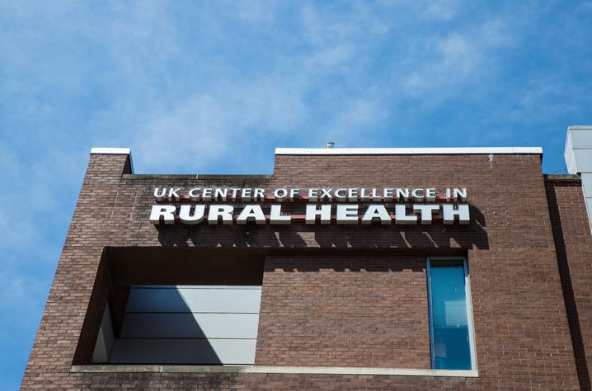As Eastern Kentuckians continue cleaning up from the catastrophic flooding that devastated their region in late July, the list of needs continues to grow.
Donation efforts in the initial days of cleanup centered around cleaning supplies, water, nonperishable foods, clothes and other immediate needs. Now, many are realizing what exactly was either swept away or can’t be salvaged, and a big category on those lists is medical equipment — wheelchairs, canes, crutches, walkers, shower chairs and more.
“I think the need was already great in our state especially here in Eastern Kentucky, and I think it is going to get even greater. I don’t think we have seen the true need yet,” said Keisha Hudson, rural project manager at the University of Kentucky’s Center of Excellence in Rural Health (CERH).
Due to the need Project CARAT — short for Coordinating and Assisting the Reuse of Assistive Technology — began in 2012 as a collaborative Health Resources and Services Administration grant with CERH, the UK College of Health Sciences Physical Therapy Program and the Kentucky Office of Vocational Rehabilitation.
Roughly one in seven Americans live with a disability that impacts daily mobility. The average cost of a wheelchair ranges from $500 to $2,000 without insurance, seriously curbing access to this essential equipment for patients who lack proper coverage.
Unfortunately, most of this medically necessary equipment is thrown out after acquiring wear and tear. The team behind Project CARAT works to repair, sanitize and rehome used equipment. From January to April 2022, Project CARAT Hazard produced nearly $23,000 worth of equipment. In March alone, the program produced $9,000.
This has been a vital program in Eastern Kentucky in recent years but is taking on an even greater role in the aftermath of July’s flooding for those who lost equipment or have equipment that is damaged beyond repair.
“A lot of people would have to just go without,” said Hudson.
The student-run program is busy working to assess and refurbish dozens of pieces of equipment as they continue to get requests from flood survivors. Their supply received a big boost after a large donation from the Paducah CARAT site. Program coordinators are also working hard to get the word out about the program and letting people know they are happily accepting a wide range of donations that they can re-distribute out to those in need.




























